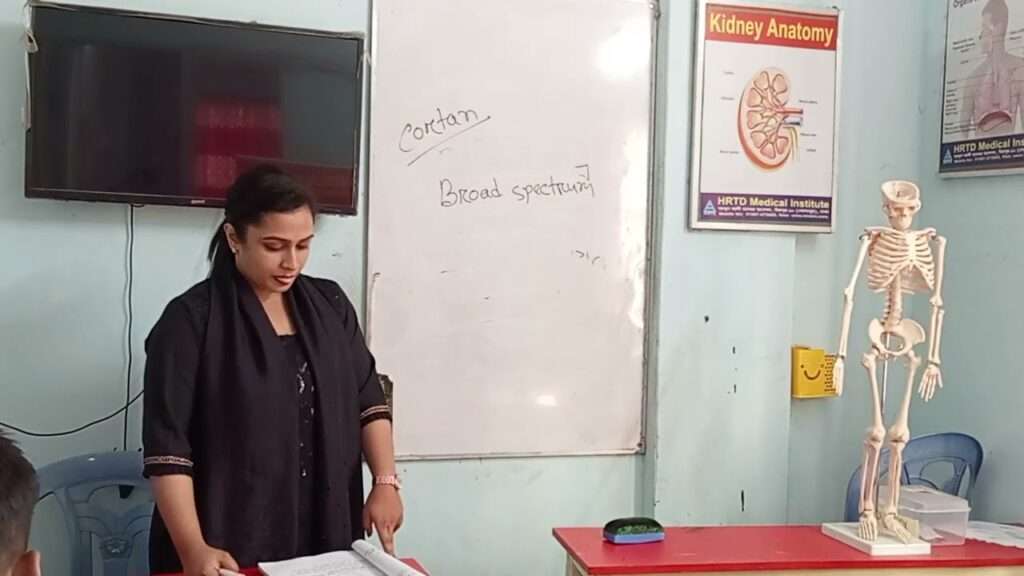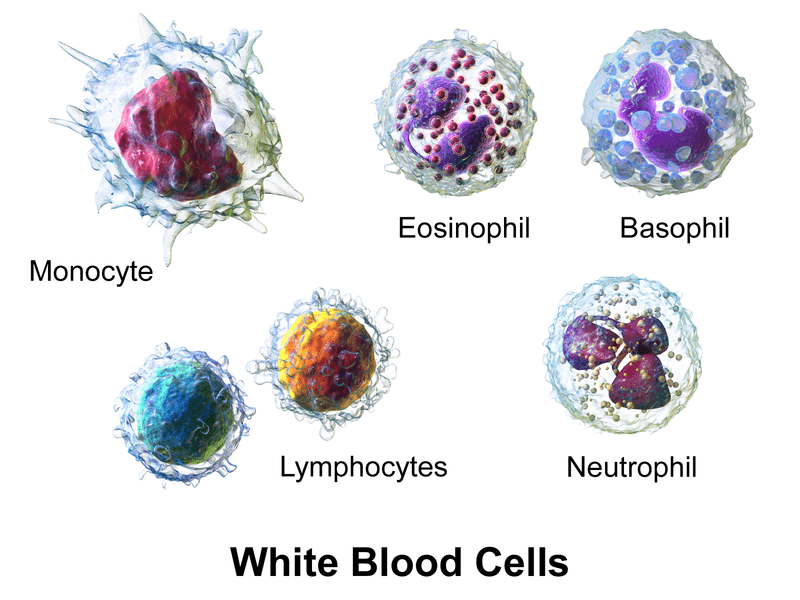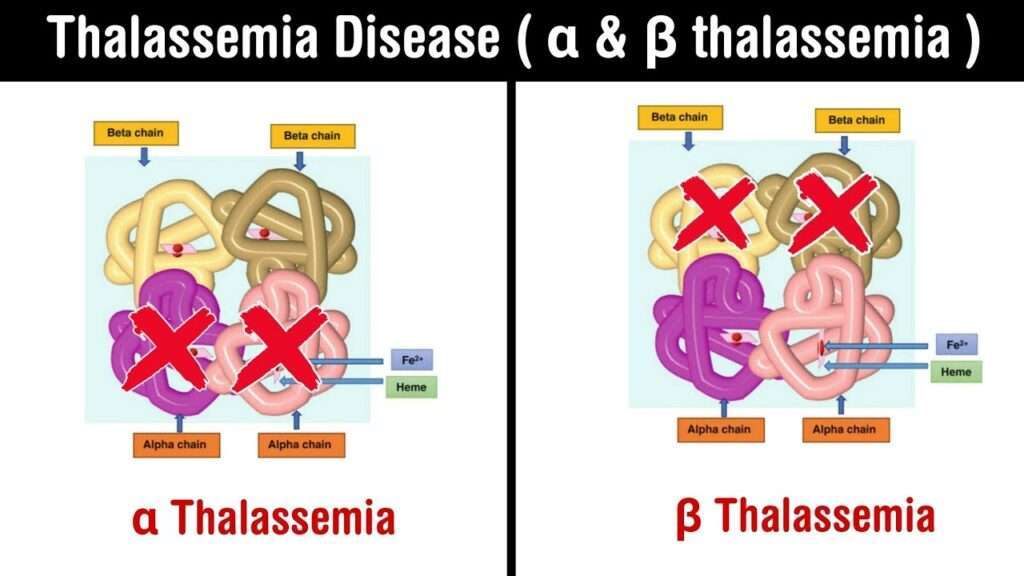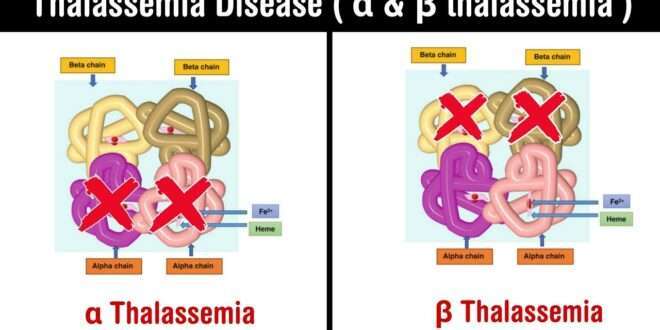Best Institute for Diploma in Pathology
Best Institute for Diploma in Pathology is a specialized program that provides education and training in the field of pathology. Pathology is the branch of medical science that deals with the study of diseases, their causes, mechanisms, and effects on the human body. It involves the examination and analysis of tissues, cells, and body fluids to diagnose diseases and understand their underlying processes.
Best Institute for Diploma in Pathology is typically offered at the postgraduate level and is designed for individuals who have completed their basic medical or science education. The program aims to provide in-depth knowledge and practical skills in various aspects of pathology, including anatomical pathology, clinical pathology, and laboratory techniques.
During the course of study, students may learn about different disease processes, laboratory techniques for specimen processing and analysis, interpretation of test results, and the role of pathology in patient care. They may also gain hands-on experience in the best Institute for Diploma in Pathology, where they can develop skills in performing various diagnostic procedures and using advanced technologies and equipment. If you want to complete the Best Institute for Diploma in Pathology from HRTD Medical Institute, Please contact with us.
Upon successful completion of the Best Institute for Diploma in Pathology, graduates can pursue a career as pathologists, laboratory technicians, or researchers in hospitals, diagnostic laboratories, research institutes, or academic institutions. They may be involved in diagnosing diseases, conducting research, teaching, or contributing to the development and implementation of new diagnostic methods and technologies.
Best Institute for Diploma in Pathology Course Duration: 2 years

Location: HRTD Medical Institute, Mirpur-10, Dhaka. Mobile number: 01941-123488,01783768658
Educational qualification:
- SSC/Equivalent
- HSC
- Degree
- Honours
- Masters
Common Subjects for the Best Institute for Diploma in Pathology Course:
Anatomy & Physiology, General Chemistry & Biochemistry, General Pathology, Pharmacology, Clinical Pathology, Hematology, Microbiology and many other subjects.
Common Subject of Pathology
Anatomy and Physiology : Anatomy and Physiology deals with the structure & function of the body.
General chemistry and Pharmacology: different chemicals & chemical reactions are discussed in Chemistry . Pharmacology deals with the drugs & medicine.
Hematology: Hematology is a medical subject deals with blood & blood related disorders.
Medical Microbiology: In Microbiology different microbes such as viruses, bacteria, fungi are discussed.
Medical Biochemistry: Medical Biochemistry deals with different biochemical reactions that held in the body.
General Pathology: General Pathology deals with the structural and functional abnormalities of different organ of the body.
Clinical pathology: Clinical pathology discusses the diagnosis of different abnormalities ( disease ) of the body.
Practical of the Best Institute for Diploma in Pathology :
Blood collection & grouping, CBC, Serum Creatinine, Blood Urea, SGPT, Lipid Profile, Blood Glucose, Dengue Ns1, HBs-Ag, HIV, VDRL, Widal test CRP, TV and many other Biochemical tests, microbiological tests and Immunological/Serological tests.
Blood cells
Blood cells are the cellular components found in blood, which is a important fluid in the human body. There are three main types of blood cells: red blood cells (erythrocytes), white blood cells (leukocytes), and platelets (thrombocytes).
- Red Blood Cells (RBCs): Red blood cells are the most abundant cells in the blood. They are responsible for carrying oxygen from the lungs to the body’s tissues and transporting carbon dioxide back to the lungs for elimination. RBCs contain a protein called hemoglobin, which binds to oxygen and gives them their red color.
- White Blood Cells (WBCs): White blood cells are a important part of the immune system and play a vital role in defending the body against infections and foreign substances. There are 5 types of white blood cells, including neutrophils, lymphocytes, monocytes, eosinophils, and basophils. Each type has a specific function in fighting off pathogens and maintaining immune responses.
- Neutrophils are the most common type of white blood cells and are primarily responsible for combating bacterial infections.
- Lymphocytes are involved in the specific immune response, including the production of antibodies and the destruction of infected cells.
- Monocytes are responsible for engulfing and destroying foreign particles, dead cells, and cellular debris.
- Eosinophils are involved in allergic reactions and defense against parasites.
- Basophils release histamine and other substances involved in inflammatory and allergic responses.
- Platelets: Platelets are small cell fragments without a nucleus. They are essential for blood clotting (hemostasis) to prevent excessive bleeding when a blood vessel is damaged. Platelets aggregate at the site of injury and form a plug, helping to seal the wound. They also release various substances that promote clotting and wound healing.


Thalassemia is a group of inherited blood disorders characterized by abnormal production of hemoglobin, a protein responsible for carrying oxygen in red blood cells. It is caused by mutations in the genes that control the production of hemoglobin. Thalassemia affects the production of either the alpha or beta chains of hemoglobin, leading to the reduced production of one or both types of chains.
There are two main types of thalassemia:
Alpha thalassemia: This type of thalassemia occurs when there is a mutation or deletion in one or more of the four alpha-globin genes. The severity of alpha thalassemia depends on the number of genes affected.
Silent carrier: One gene is affected. People with this form of thalassemia have no symptoms and are healthy.
Alpha thalassemia trait: Two genes are affected. This condition may cause mild anemia but usually does not require treatment.
Hemoglobin H disease: Three genes are affected. Individuals with this condition have moderate to severe anemia and may require regular blood transfusions and medical management.
Alpha thalassemia major (hydrops fetalis): All four genes are affected. This is the most severe form and often leads to stillbirth or death shortly after birth.
Beta thalassemia: This type of thalassemia occurs when there is a mutation or deletion in one or both of the beta-globin genes. The severity of beta thalassemia also varies depending on the specific mutations and the amount of functional beta-globin produced.
Thalassemia minor (beta thalassemia trait): One gene is affected. Individuals with this form are carriers and usually have mild anemia.
Thalassemia intermedia: Both genes are affected, but the production of beta-globin is partially maintained. This form causes moderate to severe anemia and may require occasional blood transfusions.
Thalassemia major (Cooley’s anemia): Both genes are affected, and little to no beta-globin is produced. This is the most severe form and requires lifelong blood transfusions, iron chelation therapy, and other supportive treatments.
 Pathology Training Institute in Bangladesh Best Pathology Training Institute in Bangladesh
Pathology Training Institute in Bangladesh Best Pathology Training Institute in Bangladesh




